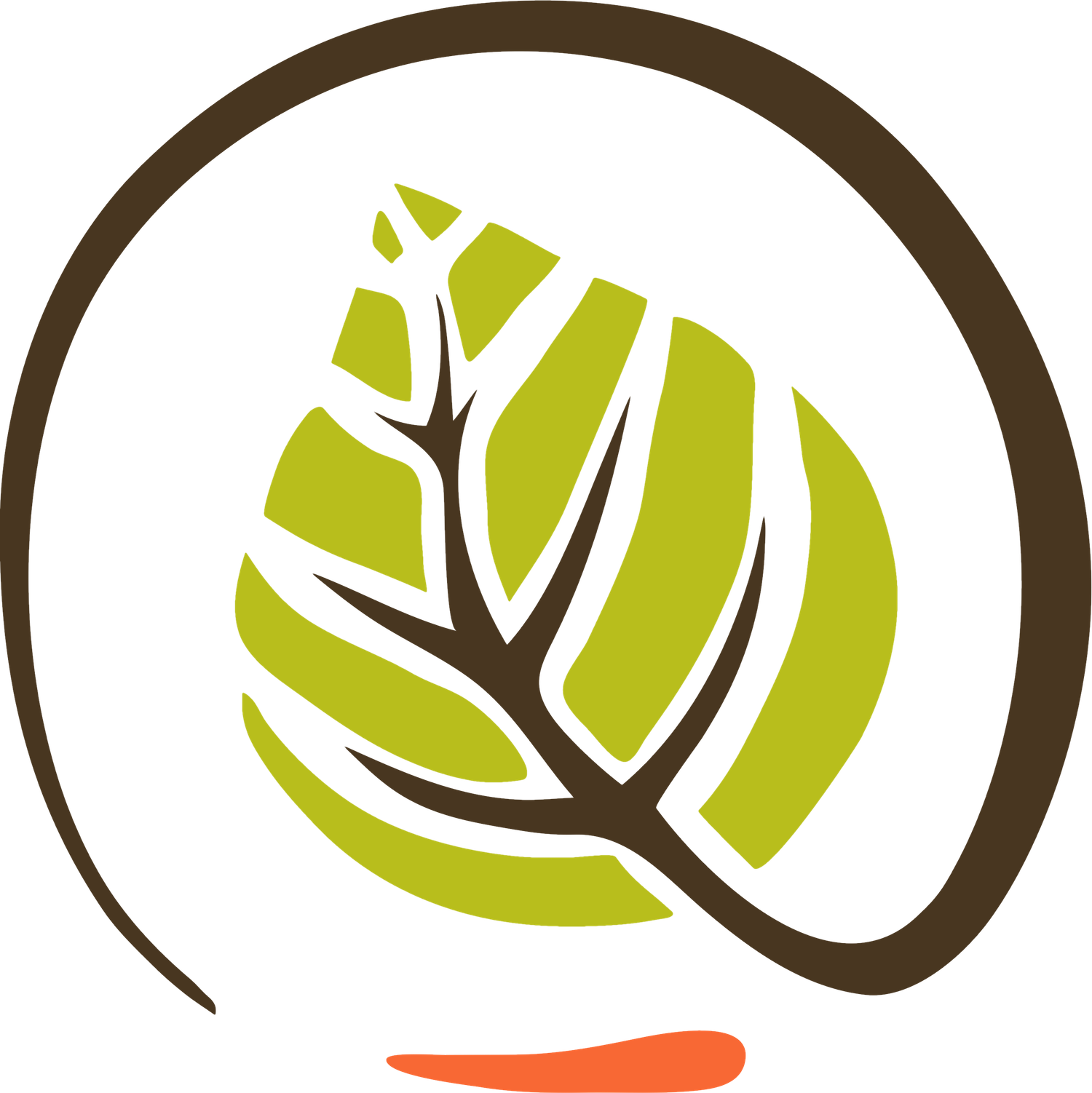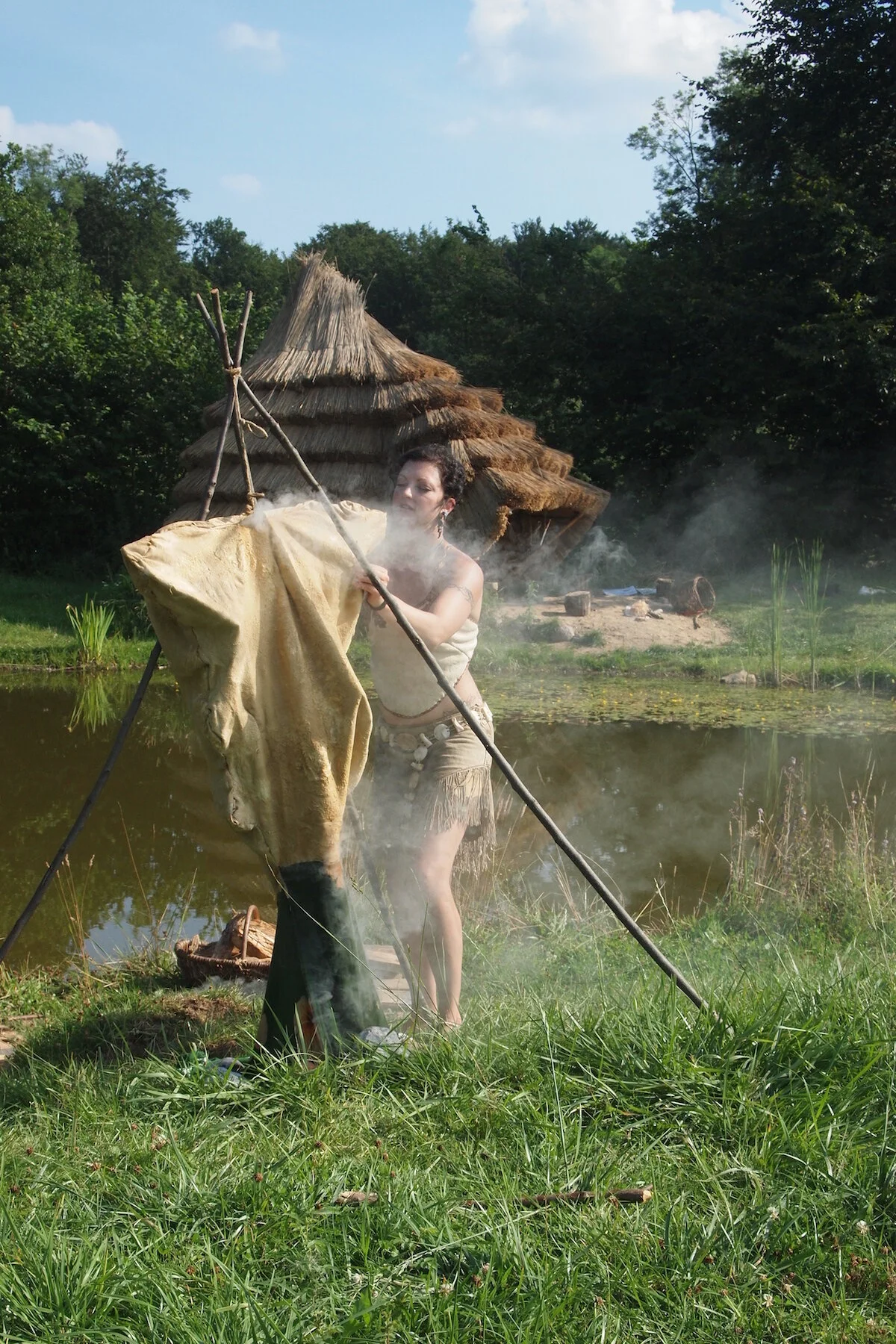DR. THERESA EMMERICH KAMPER
Before the advent of modern tanning agents, humans were turning raw skin into usable leather products using materials readily available to them from the surrounding environment. Come learn the progression of this process from raw skin to finished leather!
Theresa has been tanning skins using traditional technologies for over twenty years. Coming originally from the state of Wyoming in the United States, she was lucky enough to grow up as part of a family of outdoor enthusiasts. This enthusiasm extended to hunting, fishing and trapping in the vast tracks of wilderness surrounding her home town. Learning to tan was a natural offshoot of the attempt to use as much of the animal as possible, and had the added bonus of producing a beautiful end product. Through much trial and error and with the support of very tolerant parents, she learned to brain tan skins between the age of 12 and 13. Later interaction with other tanners and excellent written information vastly improved the efficiency and quality of her tanning process and the leather it produced.
Theresa is an avid practitioner of traditional living skills and primitive technology of all kinds, and has followed this interest into the academic field of Experimental Archaeology, in which she holds a Masters degree from the University of Exeter. She is currently finalising a PhD from the same institution, on the microscopic analysis of prehistoric tanning technologies.
Theresa has taught various tannage types such as fat tan, vegetable tan, alum taw and rawhide production for the past five years, drawing on her extensive personal experience to provide a broad understanding of the tanning process. She includes in her instruction a diverse range of information, from skin morphology to helpful hints in dealing with the numerous and frustrating problems which are often encountered when first learning to tan (and often long after!).
Comfortable, easy-to-use tools, detailed handouts covering the tanning process, as well as ethnographic anecdotes will be provided in addition to instruction. Furthermore, a list of helpful literature will be provided for those who wish to further their own knowledge of tanning! So, please join in a course sure to contain plenty of memorable moments, lots of practical information and, provided that you put in the work, one that will see you heading home with a fantastic piece of traditionally tanned leather!

